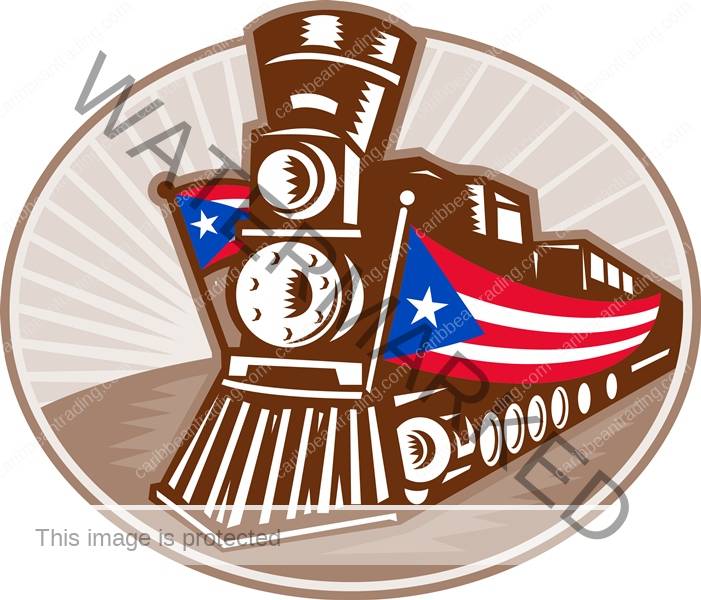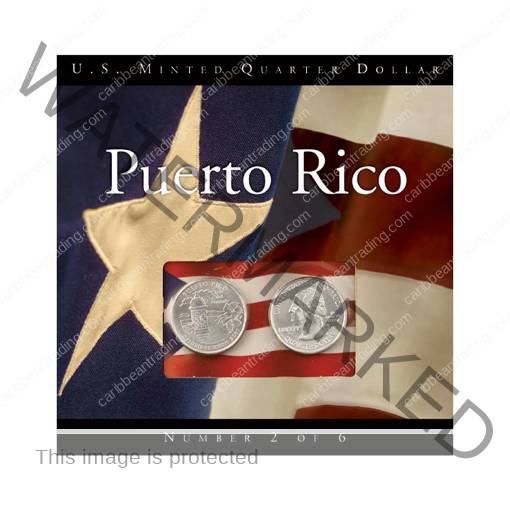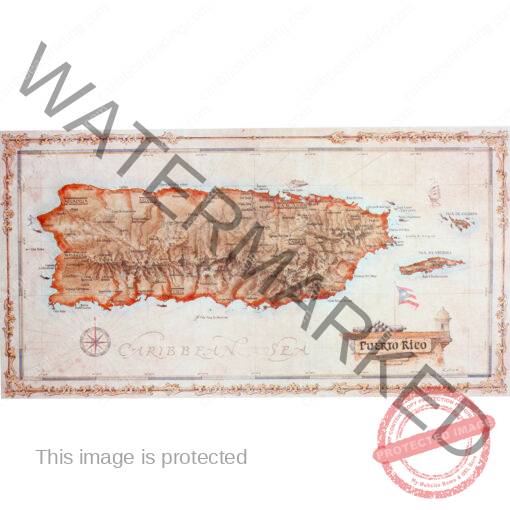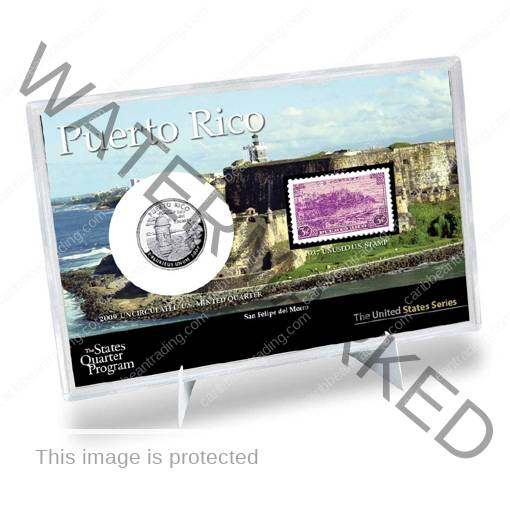Caribbean History, Culture, Puerto Rico
Puerto Rico History: Trains
The 2nd Convention of the Train of Puerto Rico will be held from August 29-31, 2014 in Isabel. For more information and itinerary, Click Here.
Once upon a time, Puerto Rico had a robust train system that has since fallen, but the history of the railroad system is tied up with the history of Puerto Rico and makes an interesting case study. Similar to the hunt for decaying sugar mills, the hunt for remnants of Puerto Rico’s national railway system will take you all over the island to some very interesting and beautiful spots.
Puerto Rico Trains: A Short History (Source: Wikipedia)
The main Puerto Rico rail system was created during the late 19th century and was significantly expanded during the early 20th century due to a growing sugar cane industry in the island. Its origins can be traced back to 1874, when a Spanish engineer proposed building a steam railroad line along the coast of Puerto Rico. The study for this project served as a base for the definitive construction, which began in 1888. It would take almost 20 years to complete the whole route from San Juan to Ponce. The main system began operations in 1891, when the northern line was built between San Juan (in the Martín Peña sector) and the town of Manatí, followed by extensions to the towns of Carolina (to the east) and Arecibo/Camuy (to the west) the following year. When the United States invaded Puerto Rico in 1898, the system already had approximately 168 mi (270 km) of railroad tracks.
Passenger travel began to flourish in 1902 when the American Railroad Company from New York acquired the system. In 1904, a southern line was constructed between Hormigueros and Yauco. The northern line was expanded towards the west of San Juan to include the towns of Arecibo and Aguadilla. One of the most significant projects of this line was linking the main rail line through Quebradillas and Isabela, requiring the construction of tunnels and tall bridges, including the Guajataca Tunnel completed in 1904. In 1907, the northern line of San Juan was connected to the southern line of Ponce, finally connecting the northern and southern portions of the island.
Before its demise, the Puerto Rico railroad system had some 500 kilometers of track and served almost all coastal towns, carrying freight into the Island and transporting agricultural products to the ports for shipping overseas. Some sugar mills had railways, in most cases with connections to the main lines. Tracks went into sugar cane plantations and harvested sugar cane was carried to the sugar mills by train, and then carried out of the mills to port by train.
The construction of the national railroad system produced tunnels and bridges which were noted for their architecture and local importance. The Puente Blanco, completed in 1922, and the Caño San Antonio rail bridge completed in 1932, were designated as Historical Places by the U.S. National Park Service in 1984 and 2009, respectively, while the Guajataca Tunnel was designated as a Historical Monument by the Puerto Rico Legislature in 2000. Many of these structures were designed and built under the supervision of Etienne Totti, who was at the time the head engineer of the American Railroad of Porto Rico and would become the first president of the Puerto Rico Professional College of Engineers.
Transport by rail greatly improved the everyday life of Puerto Ricans, since passengers could now travel between the largest cities, San Juan and Ponce, in record time. Previous trips used to take several days by horse and wagons, but the regular train greatly reduced traveling time to around 10 hours. There were four main trains operating all day and night during the system’s peak years, with Train No. 1 departing at 7:00am from San Juan and arriving in Ponce at 5:00pm. Tickets for this one-way trip cost $1.50 for first class and $0.95 for second class in 1950.
When Puerto Rico changed its mostly agricultural economy to a manufacturing one, and the U.S. and Puerto Rican governments started investing heavily in interstate highways and freeways, the railroad business in the island soon collapsed. The system was almost lost when the American Railroad Company filed for bankruptcy in 1947. In an effort to save the system, former employees reorganized the company and formed the Puerto Rico Railroad and Transport Company serving as stockholders, but by then the system could no longer compete with the increasing number of automobiles, trucks, and buses on the island. Passenger travel ceased in 1953, while the commercial service (mostly for the sugar cane industry) continued operating until 1957. Small portions of the system remained operational for local industries, including the Mercedita and Arroyo sugar refineries, until the collapse of the sugar cane industry in the early 1990s.
The last remaining part of the system used in operations was a small rail line located in the town of Arroyo, which was used exclusively for tourism purposes until recently. The rest of the system was either torn down to make room for new development, recycled (rails were melted and recycled and certain rail bridges were converted into road bridges), or simply abandoned. Remnants of the main system and lines can still be seen in some parts of Puerto Rico.
Some of the Highlights of Attractions related to the Railway System:
- Guajataca Tunnel: between the Guajataca and Pastillo beaches, near the Guajataca Forest Reserve in Quebradillas, designed by Etienne Totti
- Puente Blanco: A railway bridge that spans hundred and fifty feet deep and thirty six metres wide gorge across the Quebrada Mala Canyon, near Quebradillas, Puerto Rico. The bridge is the only reinforced concrete bridge in the area and the highest of its kind in Puerto Rico. On the National Register of Historic Places. (Click Here for Photos)
- Caño San Antonio: Connecting Condado to Old San Juan, this bridge was also constructed by Totti (Click Here for Photos)
- Aguada Museum: There is a restored locomotive and some freight cars and the main building of the museum was the old Aguada train station.
- Sugar Mills: At any of the sugar mill ruins, you will often see evidence and tracks of where the trains entered the centrales. Still evident in Central Coloso and Guanica. Click Here to Read More on Sugar Mills
- Arroyo: Arroyo’s train station is located along old Route 3 and is very easy to spot. It is worth a quick stop to explore just to check out the construction and old brickwork.
If you are interested in learning more:
Have you seen evidence of the old railway system in your travels around Puerto Rico? If so, please leave a comment of some of your favorite locations.
This article was written by Captain Tim and the Crew of Caribbean Trading Company.
Liked this article about Puerto Rico trains? Join the Crew and Start the Journey! Connect with Us for News, Events, Lifestyle, and all things Caribbean by joining our Newsletter – Click Here to Join or find us on Facebook or Instagram.







